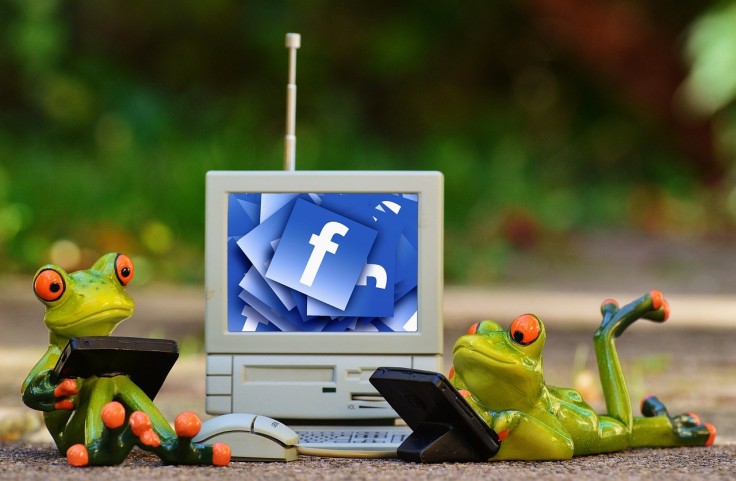The internet has never been as accessible as it is now. Thanks to the many technological advancements experts created, it is now possible to connect to the internet and reach out to people from anywhere in the world in seconds through pocket-sized phones, laptops, PCs, and even cars.
The same was not true during the 90s and the 2000s. Back then. people could only connect to the internet through PCs and laptops via dial-up or broadband connection, with the latter being expensive and still in its early adoption.
However, people still want to connect to others through the internet despite this difficulty, giving rise to the social media sites Gen X-ers and Millenials would be familiar with at the time. Without these sites, Facebook, Twitter, and the social media sites of today would look and feel completely different.

Friendster
Friendster - the most popular social media site up until Facebook came along. Back then, if you don't have a Friendster account, you were not one of the "cool kids," and people went nuts all over it.
While it was the first to offer many of the features we take for granted in today's social media sites, it couldn't keep up with its success. Its sudden popularity spike was too much for the company's servers to handle, leading to users leaving it for other social media sites.
MySpace
The second most popular social media site after Friendster, MySpace was the alternative for people who don't like Friendster. It allowed users to personalize their profile pages that were visible to anyone, instead of keeping them private, like Friendster does.
Despite the vast personalization options MySpace offered, like adding music and videos to profile pages, its greed and disconnection from its users let it down, per Screen Rant. Its selling out to News Corporation, the addition of intrusive ads, and failure to give what users want made its users switch to Facebook.
SixDegrees.com
Considered the first true social media site, SixDegrees.com broke ground with the features it allowed its users to enjoy. According to CBS News, the site allowed users to create profiles, friends lists, and school affiliations in one service, much like Facebook did back when it first started.
What didn't work for SixDegress, however, was the technological limitations of the time. Back then, the internet was something not many people have access to, making its operations costly.
Club Penguin
Surprisingly, the hit Penguin-centered game Club Penguin could be considered a social media website. Popular among teens and high school students, Club Penguin provided a platform for its audience to chat and interact with each other through their penguin avatars.
Unlike many of the social media sites in this list, Club Penguin died a natural death. Its target audience already grew up and its newer players went to their competition in the form of other similar video games, putting the final nail in its coffin.
AIM (AOL Messenger)
If you're looking for the source of the instant messaging feature social media platforms have today, look no further than AOL's AIM Messenger. Launched in 1997, AIM allowed users to quickly and remotely message each other for free and see the online status of certain people through users' "buddy lists," per the Smithsonian.
Thanks to AIM, AOL led the instant messaging market when it released Aim up until the early 2010s. However, the emergence of other social media sites and its stagnation due to AOL being an "anti-open source" company led to AIM's closing in 2017, per Mashable.
Related Articlew : Did You Know That the First Social Media Site is SixDegrees.com?









